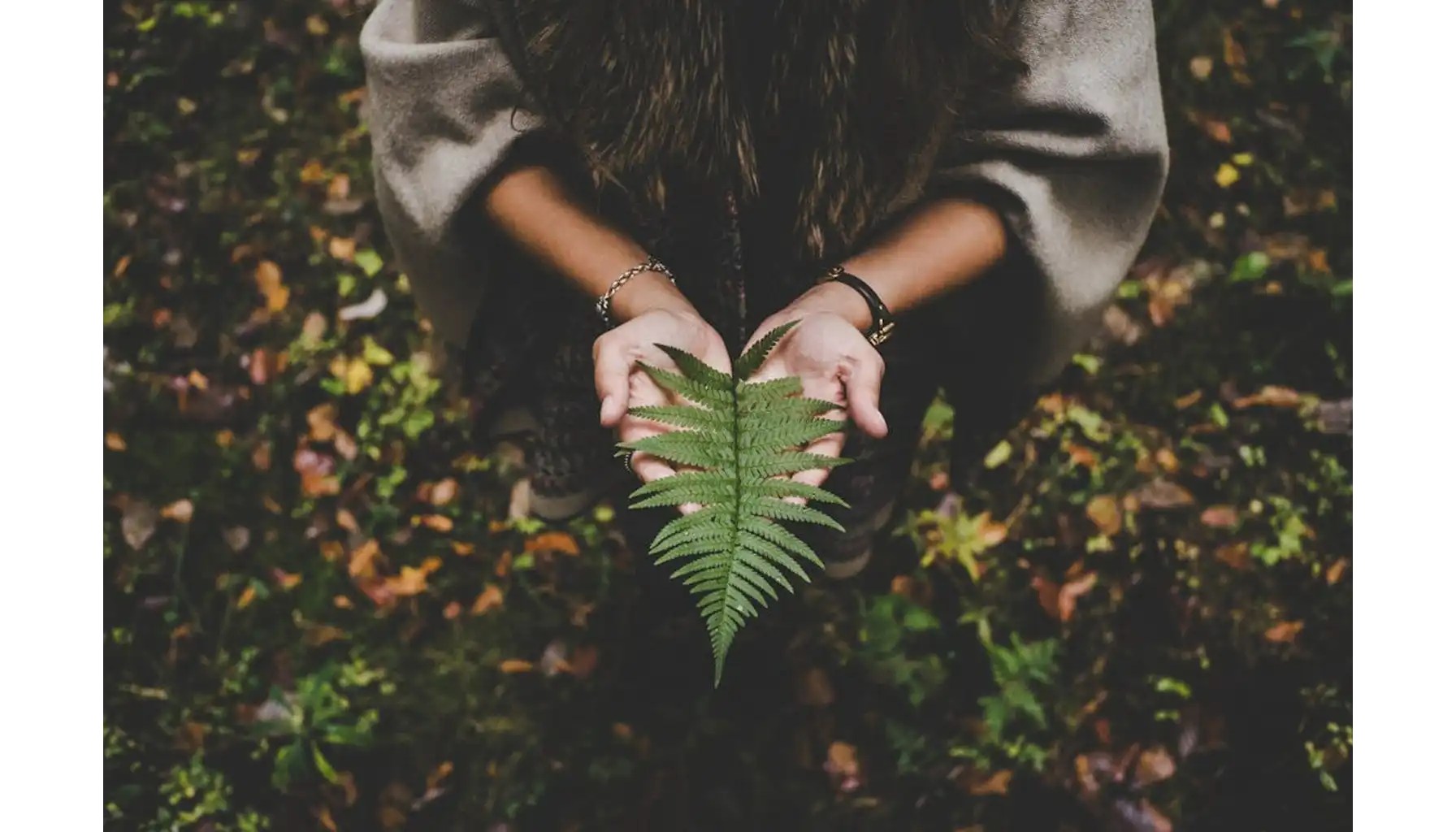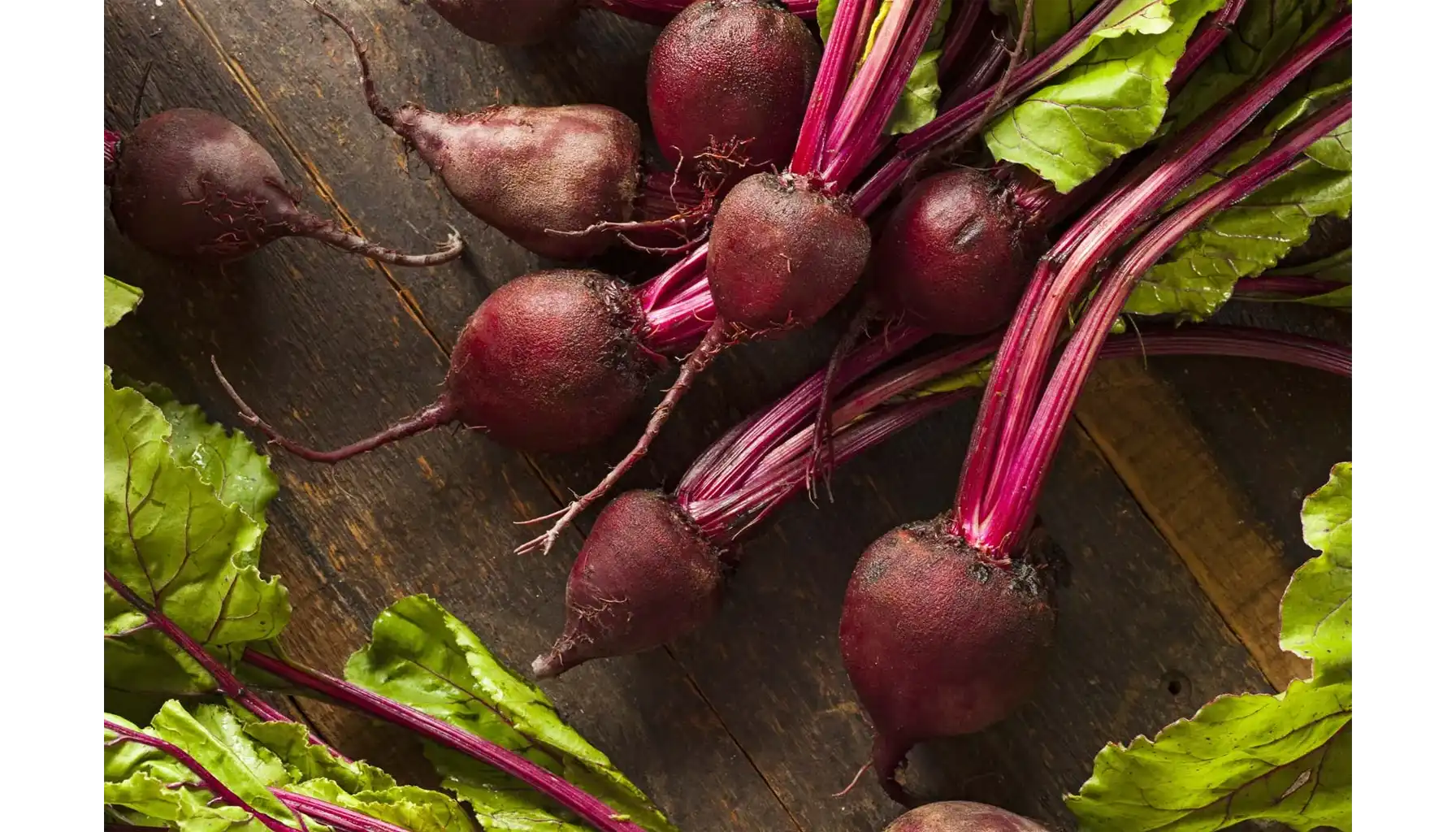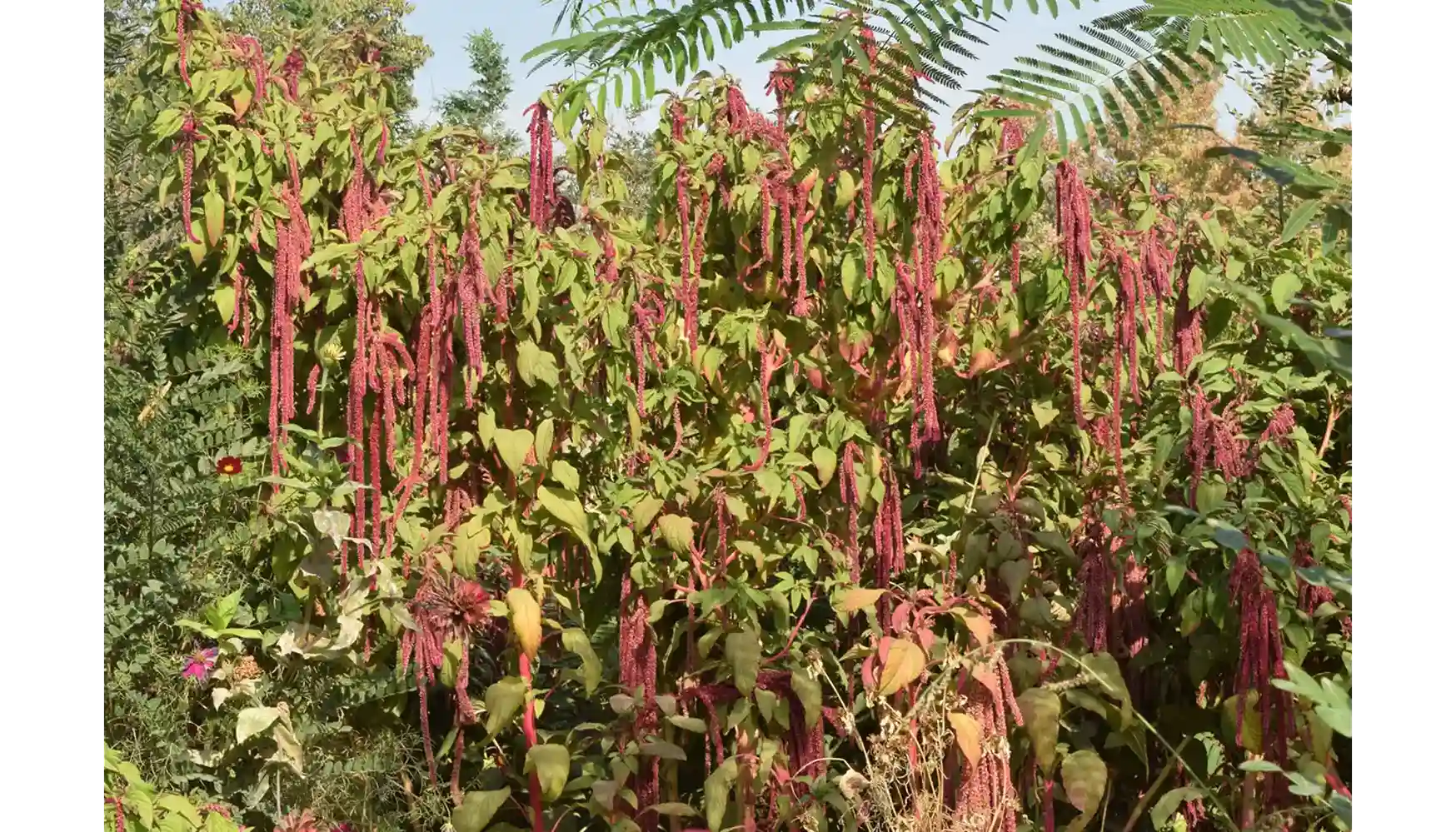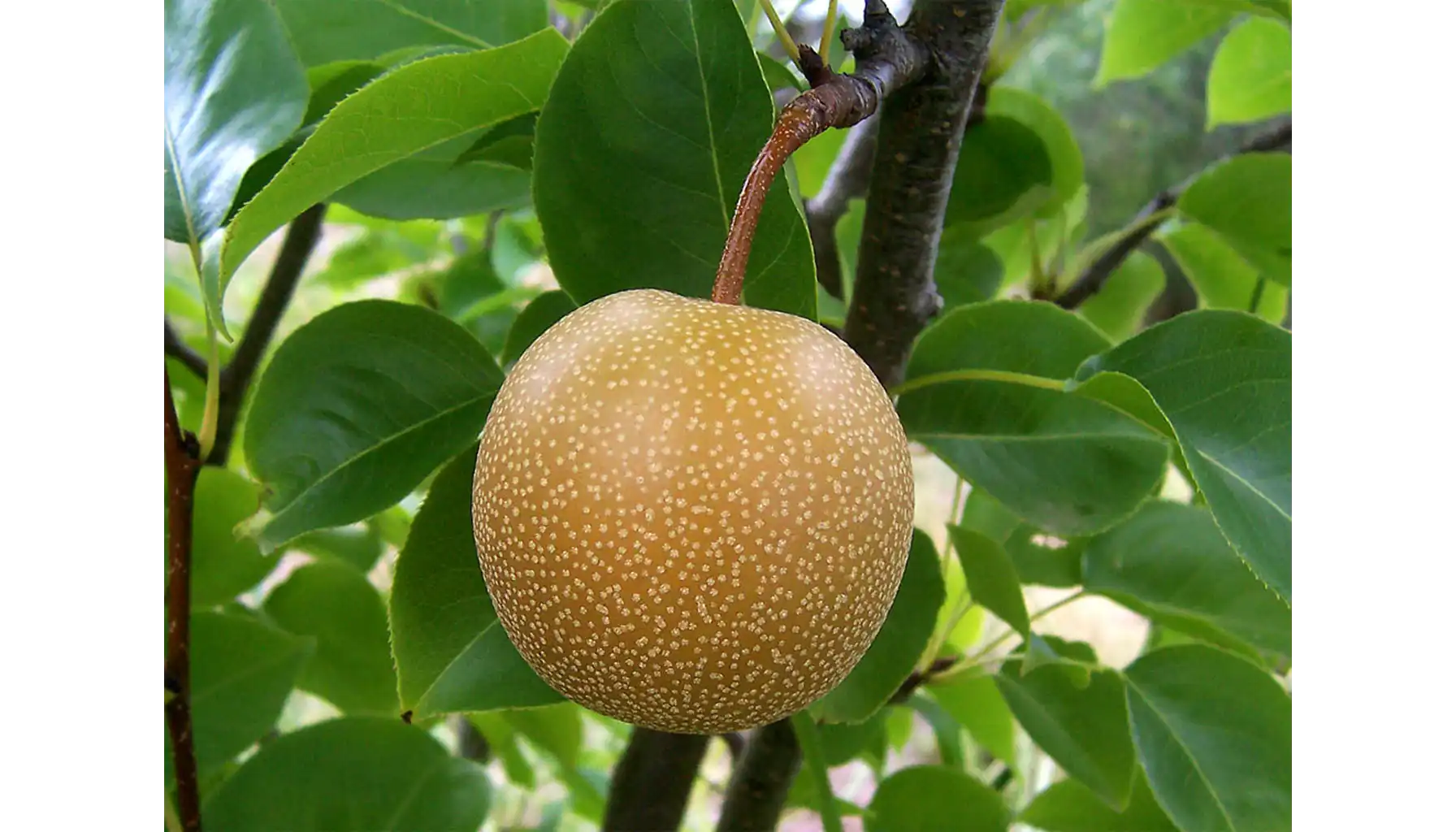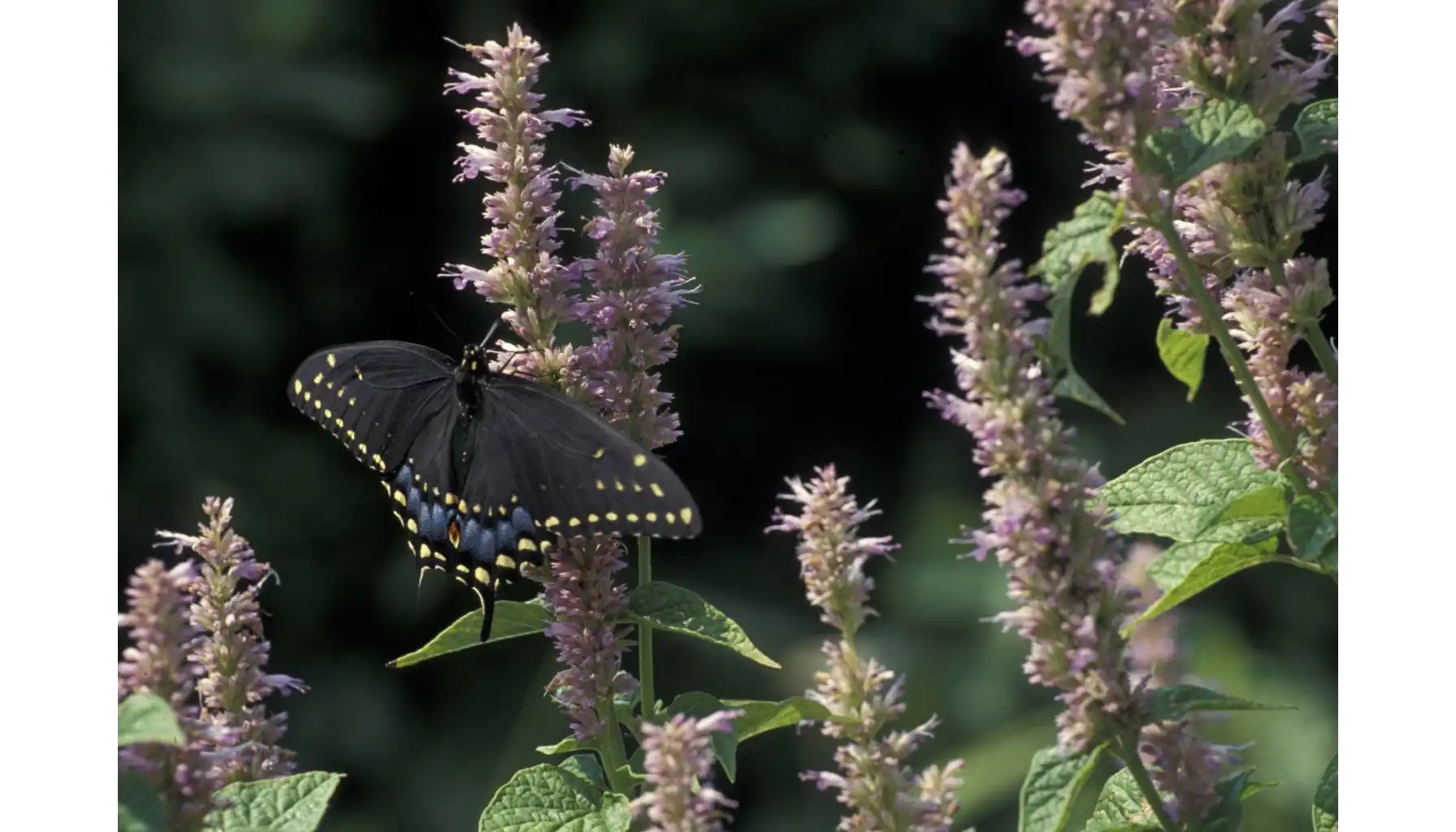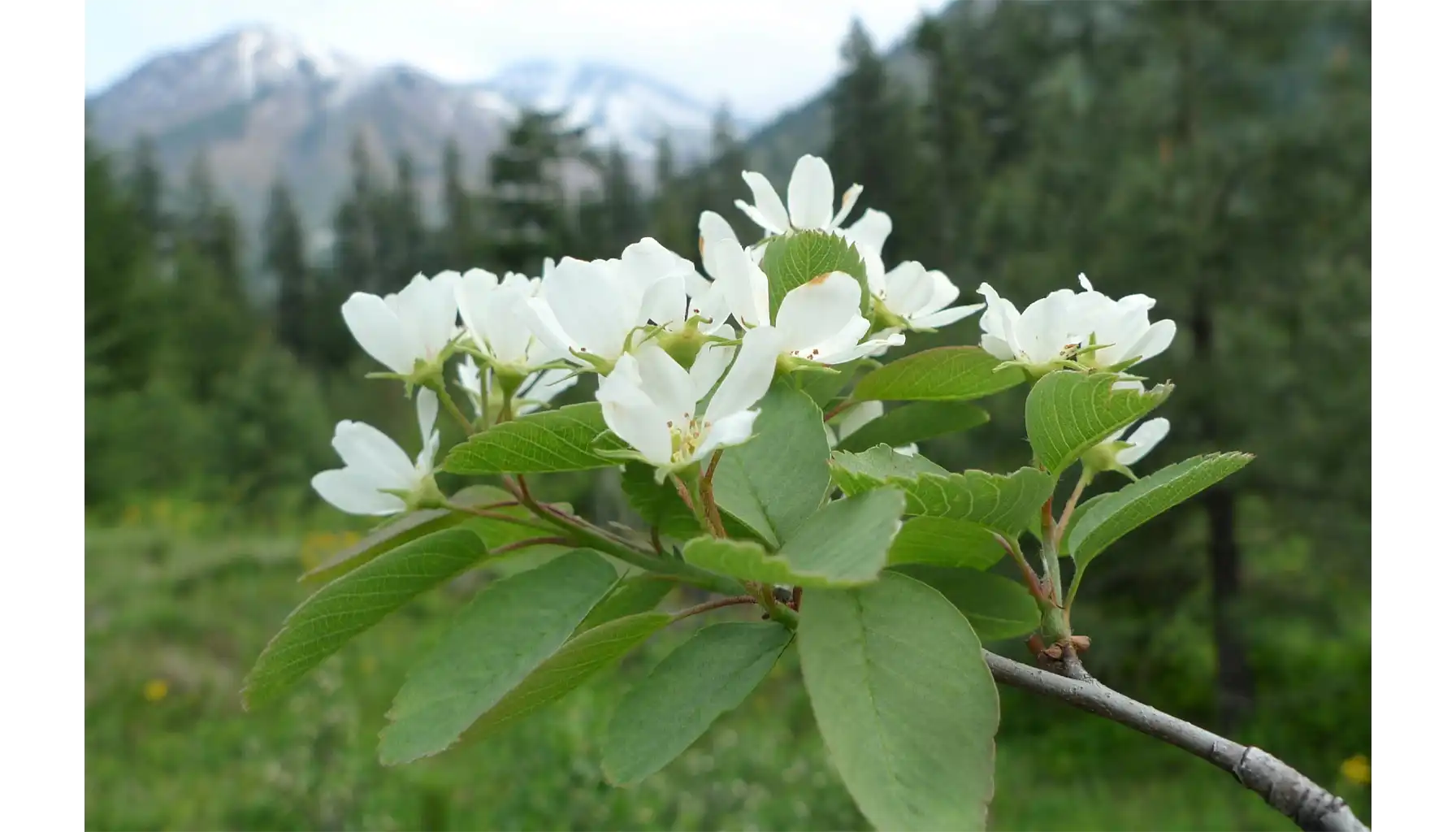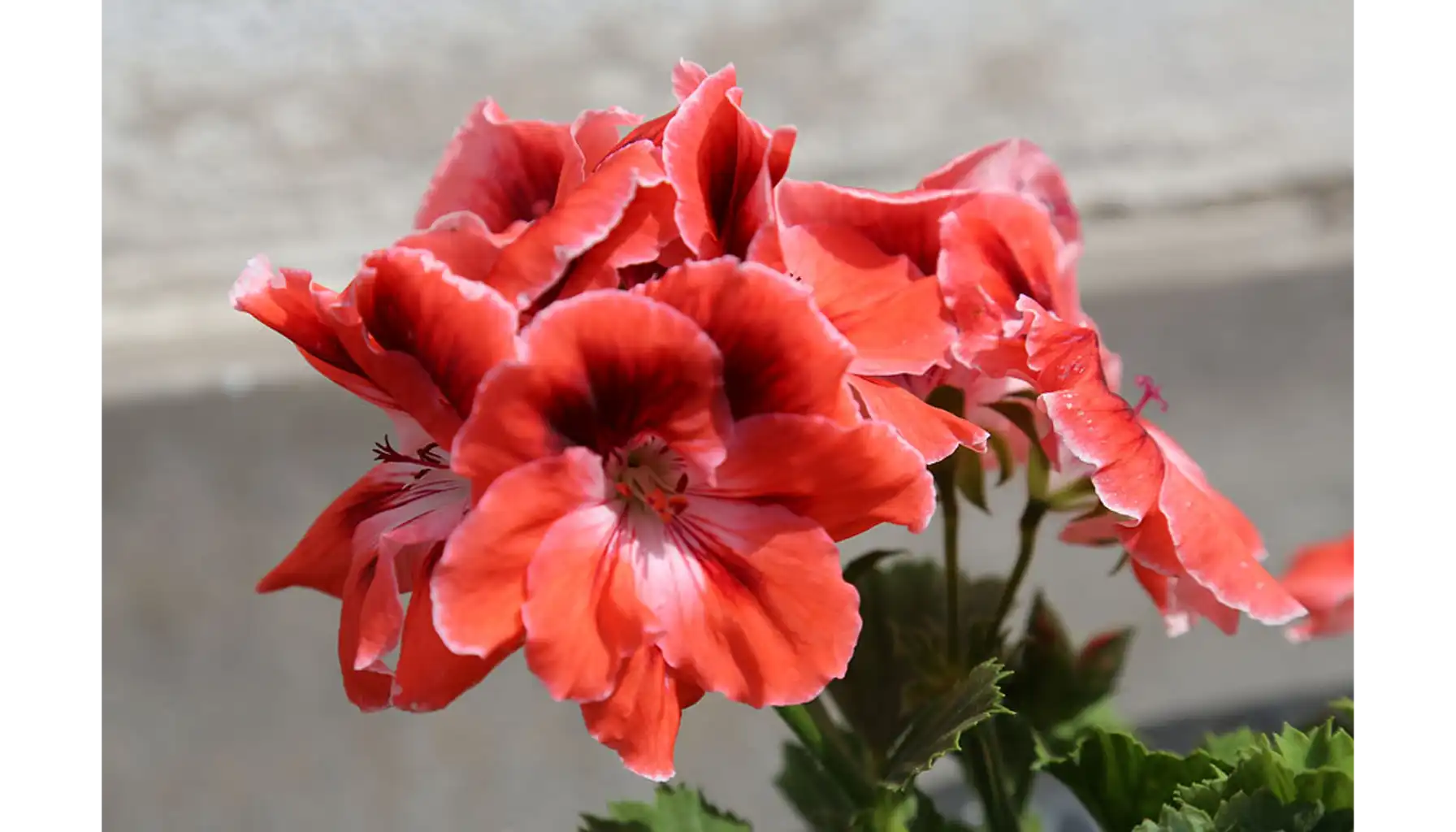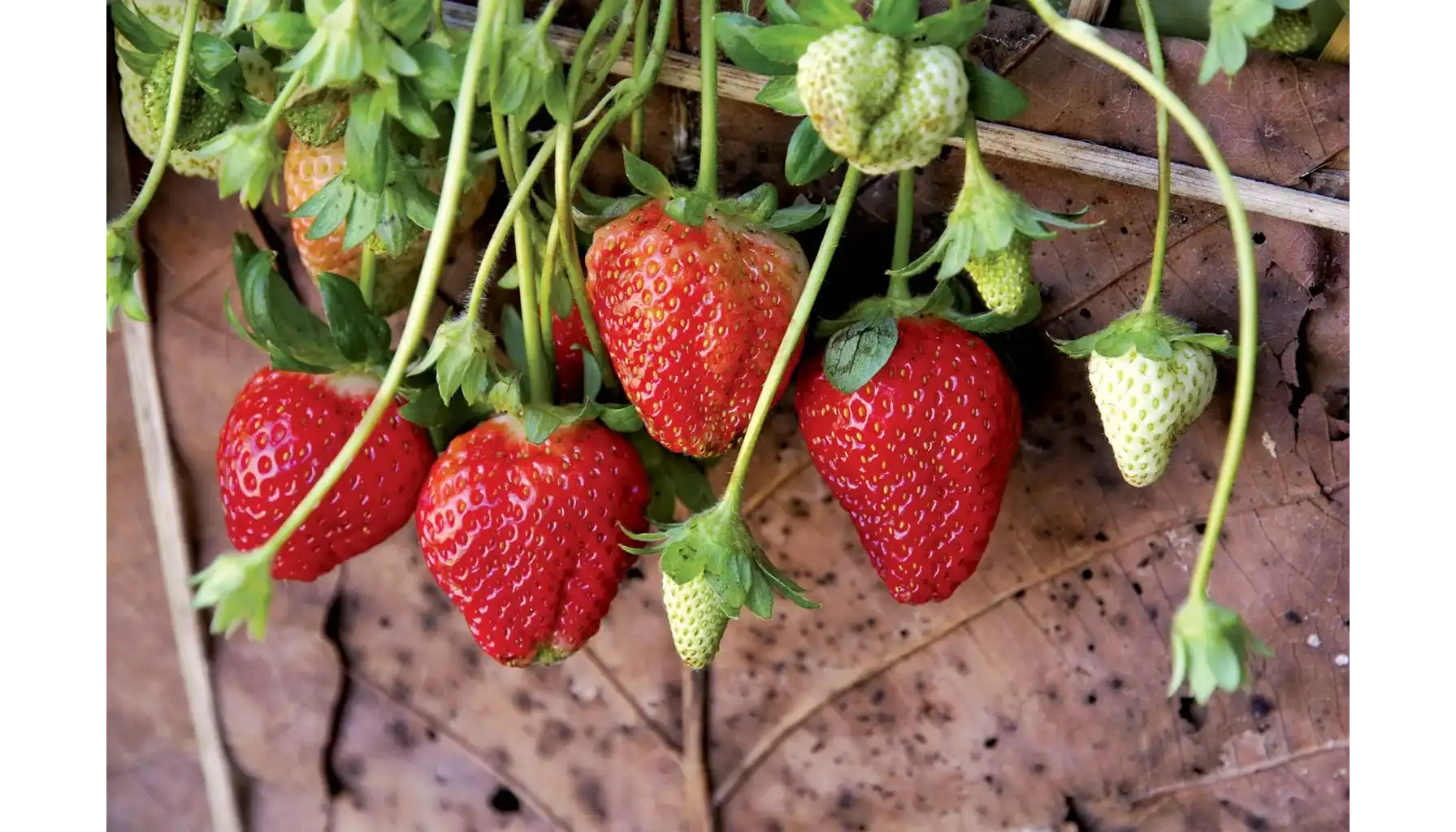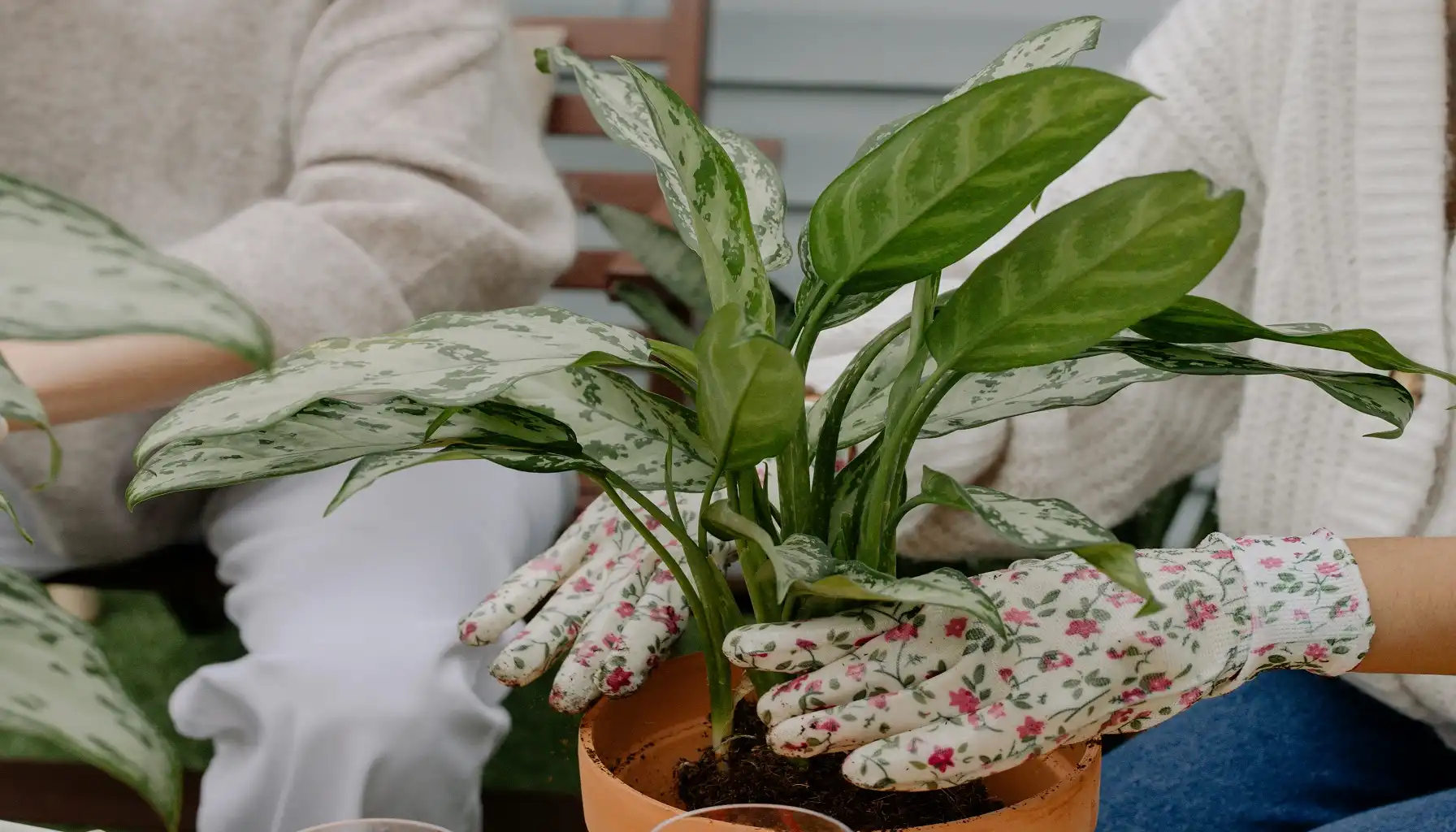If you used to think that gardens are pointless, here comes this article to change your opinion. We are introducing the edible landscaping design — a concept that unites practical usability and the beauty of nature for your comfort. When applying it, you can not only enjoy the fresh, colorful look but also gather fruits, veggies, and berries for your own table. Can it even be better?
Today, we are going to discuss the edible landscaping definition, the ways it can be used outside and inside with a flower scanner, and also propose some edible plants for landscaping that even complete beginners can handle.
What Is Edible Landscaping? A Garden That Grows More Than Food
Edible garden landscaping isn’t just about saving money or eating fresher—it’s about living better. When your front yard becomes a conversation piece, your balcony a berry patch, or your backyard a blend of colors and textures with real flavor, you create a daily relationship with the natural world and benefit from it mentally and practically.
By integrating beauty and function, landscaping with edible plants:
Encourage outdoor time and mindfulness
Support local pollinators and healthy ecosystems
Offer fresh, pesticide-free produce at arm’s reach
Spark curiosity and learning—for kids and adults alike
And the best part? You don’t need to do it alone. AI Plant Finder helps you to gain knowledge, inspiration in front yard edible landscaping ideas, and practical help exactly when and where you need it.
Best Plants for Edible Landscaping
Here we’ve united different growing cultures suitable for both inside and outside. Check this list to pick ideas for your edible landscaping plan for your backyard, or just a windowsill or a balcony.
1. Amaranth (Amaranthus caudatus)
Amaranth is the star of any edible landscaping nursery or sunny corner. It turns heads with its feathery, cascading blooms in jewel tones—red, gold, green, and deep purple. But it’s not just a floral attraction. The tender leaves can be sautéed like spinach, and its tiny seeds are packed with protein, perfect for gluten-free grain bowls.
Feature | Details |
Appearance | Tall, colorful flower spikes |
Edible Parts | Leaves (salads, stir-fries), seeds (grain) |
Growing Tips | Thrives in heat, drought-tolerant, full sun |
Varieties | Green Tails, Red Leaf, Love Lies Bleeding |
Maintenance | Low |
Growing Advice: Sow directly into warm soil after the last frost. Thin seedlings for airflow and harvest leaves while young. Allow seed heads to fully dry before collecting for grain use.
Are you looking for something larger than just herbs? Learn which vegetables can grow on trees!
2. Swiss Chard (Beta vulgaris)
Few plants in the edible landscaping layout compete with Swiss chard when it comes to visual drama. Its glossy, crinkled leaves sit atop electric-colored stems—ruby red, tangerine, lemon yellow. And while it looks ornamental, chard is one of the most productive leafy greens in the edible landscaping front yard.
Feature | Details |
Appearance | Brightly colored stems, large green leaves |
Edible Parts | Leaves, stems |
Growing Tips | Cool weather crop, partial to full sun, moist soil |
Varieties | Canary Yellow, Magenta Sunset, Rhubarb |
Maintenance | Minimal; monitor for pests like slugs |
Growing Advice: Direct sow or transplant young starts in early spring or fall. Harvest outer leaves regularly to keep the plant growing and vibrant.
3. Asian Pear (Pyrus pyrifolia)
Elegant in form and generous in yield, the Asian pear is a compact fruit tree that delivers year-round charm among all edible landscaping shrubs. In spring, it bursts into clusters of white blossoms. By fall, those blossoms mature into crisp, fragrant golden pears that store well and taste even better both fresh and baked.
Feature | Details |
Appearance | Small tree, white spring blossoms, round fruit |
Edible Parts | Fruit |
Growing Tips | Needs full sun, well-drained soil, cross-pollination |
Varieties | Nijisseiki, Kosui |
Maintenance | Prune annually to shape and improve yield |
Growing Advice: Plant bare-root trees in early spring or container-grown trees in fall. Keep the soil moist, especially in the first year. Mulch well and fertilize annually to encourage healthy fruiting.
Want to learn how to protect your beautiful garden from threats? Read about pest control treatments and their proper application.
4. Anise Hyssop (Agastache foeniculum)
If you’re looking to attract pollinators and impress dinner guests, anise hyssop is your go-to. These upright perennial edible landscaping bushes deliver soft, spiky violet blooms with a sweet licorice scent. Both its leaves and flowers are edible—perfect for teas, desserts, or garnishing summer salads.
Feature | Details |
Appearance | Upright violet flower spikes |
Edible Parts | Leaves, flowers |
Growing Tips | Full sun, well-drained soil, drought-tolerant |
Varieties | Blue Fortune, Summer Love |
Maintenance | Very low |
Growing Advice: Sow seeds in early spring or transplant starts after frost. Once established, it’s nearly care-free. Deadhead flowers to encourage more blooms and extend their flowering period well into late summer.
5. Saskatoon Berry (Amelanchier alnifolia)
A true hidden gem of North American backyard edible landscaping, the Saskatoon berry shrub offers year-round beauty: delicate white flowers in spring, bluish-purple berries in summer, and brilliant foliage in fall. The berries of these edible bushes for landscaping taste like a cross between cherries and almonds and can be eaten fresh or baked into pies and muffins.
Feature | Details |
Appearance | Tall shrub, white flowers, purple berries |
Edible Parts | Berries |
Growing Tips | Full sun to partial shade, well-drained soil |
Varieties | Martin, Thiessen, Smoky |
Maintenance | Prune lightly after fruiting |
Growing Advice: Best planted in spring or fall. Ensure good air circulation between plants and protect young berries from birds with netting. A layer of mulch helps retain moisture and suppress weeds.
6. Edible Flowers (Nasturtium, Marigold, Pansy)
Edible flowers refresh any edible landscaping photos with their color, fragrance, and culinary versatility. They’re great for borders, containers, or tucked between vegetables. Nasturtiums offer a peppery kick; marigolds bring citrusy zest; pansies lend a subtle sweetness—all while brightening your yard.
Feature | Details |
Appearance | Varied colors and forms |
Edible Parts | Flowers, sometimes leaves |
Growing Tips | Prefer full sun, well-drained soil |
Varieties | Nasturtium, Marigold, Pansy |
Maintenance | Minimal; deadhead regularly |
Growing Advice: Sow seeds directly after the last frost. Pick blooms early in the morning for the best flavor and vibrancy. These flowers not only garnish meals but also deter pests naturally.
Did you know? Some flowers in your garden can also repel mosquitoes! Know about species that might help you.
7. Strawberries (Fragaria × ananassa)
A classic favorite among all edible landscaping plants, strawberries serve double duty in any landscape. Their lush foliage and charming white flowers make an attractive ground cover, while the fruit is a timeless treat for kids and adults alike. Plant them along walkways, in hanging baskets, or between taller plants as living mulch for your edible front yard landscaping.
Feature | Details |
Appearance | Low-growing, white flowers, red berries |
Edible Parts | Fruit |
Growing Tips | Full sun, fertile soil, regular watering |
Varieties | Toscana, Albion, Seascape |
Maintenance | Mulch for cleaner fruit; protect from birds |
Growing Advice: Set plants in spring, spacing them for airflow. Remove runners to focus energy on fruit production. Cover with netting to prevent hungry birds from stealing the harvest.
Simplify Edible Landscaping Near Me with Tech
While creativity, a good eye, and books like “Edible Landscaping with a Permaculture Twist” by Michael Judd are essential for great results, even seasoned gardeners can benefit from a little digital support. AI Plant Finder is your perfect instrument there.
Here’s how it makes your edible landscaping pictures stunning:
Feature | How It Helps |
Instant Identification | Snap a photo to identify unknown plants, weeds, or edible species on the spot. |
Care Guidance | Get customized tips on watering, sunlight, pruning, and fertilizing routines. |
Disease Detection | Use AI to detect common issues like mildew or leaf rot before they spread. |
Reminders and Schedules | Set alerts for watering, harvesting, and feeding, so you stay on track. |
With such a versatile tool, starting a blooming, beautifully designed, and tasty windowsill has never been easier. Use AI Plant Finder to organise your vegetable landscape edible landscaping, and connect with nature better wherever you go, from an apartment to a large backyard full of trees and bushes.
Related AI Plant Finder Posts
